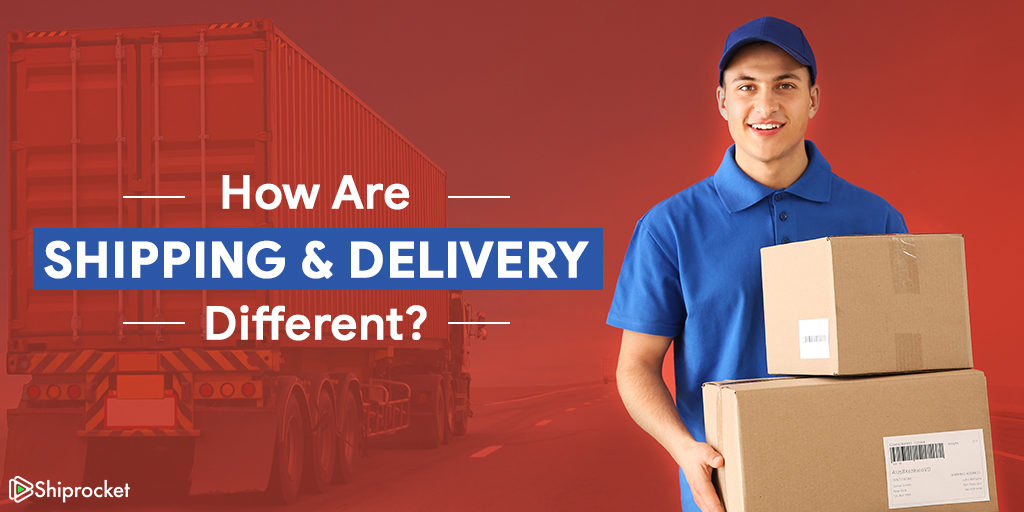Decoding the Contrast: Shipping vs. Delivery Explained
Do you often use the terms ‘shipping‘ and ‘delivery’ interchangeably? You’re not the only one. But in reality, they are pretty different. When we mention that an item has been shipped, we are indicating that it has officially departed from the warehouse. In contrast, when we discuss delivery, we are specifically referring to the anticipated date when the package is expected to reach the doorstep of the end customer. Distinguishing between these terms helps clarify the different stages in the shipping process, providing a clearer understanding of when the product begins its journey and when customers can expect to receive it at their doorsteps.

Since the inception of eCommerce and its gradual boom, the terms shipping and delivery have often been used synonymously. The concept of eCommerce has opened up new dimensions of marketing and sales for customers and sellers. For the items you had to walk up to the store, you can now order them online in a few clicks.
What Is Shipping?
In eCommerce, shipping is the process of getting your online store products to your customer’s doorstep. It involves receiving an order, processing it, and preparing it for delivery. It’s the journey your product takes from your store to your customer’s hands. Understanding this aspect is key to a smooth online shopping experience.
What Is Delivery?
The delivery marks the culmination of shipping, representing the last step in the supply chain. It involves transporting the shipment from a hub to the customer’s doorstep, ensuring the order reaches its destination promptly, accurately, and efficiently.
How Are They Different?
Both the words may seem similar to you as they are believed to be synonymous. However, they are not. For example, when you are shopping online, the seller will provide you with two dates: the shipping date, when the item will be shipped from the warehouse, and the delivery date, which denotes when it will be delivered to you.
However, the other side of the coin is that these terms are sometimes also used to describe the nature of the products that are required to be transported. “Shipping” denotes the processing, packaging, and dispatching of small items that can be sent quickly and easily, typically through a local courier service.
“Delivery”, on the contrary, refers to the transportation of relatively large items like electronics and furniture from a warehouse to a customer’s address.
You see, the two terms have two different meanings in two different contexts. Therefore, it is critical to understand the meaning of these terms and their differences as you step further into the world of eCommerce. Let’s make a comparison:
| Comparison | Shipping | Delivery |
| Meaning 1 | Small items that can be shipped through the local postal service | Large items that need installation or a delivery person |
| Meaning 2 | The date on which a shipment leaves a seller’s warehouse | The date when a package arrives at a customer’s doorstep |
| Is it Controllable? | Yes | No |
| Original Definition | Shipping is originally referred to as any package sent using a ship or transportation via sea | Delivery is originally referred to as the distribution of any kind of goods: physical goods as well as specialized goods (water, electricity, etc.) |
| Synonyms | Dispatch | Distribution |
| Stage | From receiving an order to preparing it for delivery | From order pick-up to last-mile delivery |
| Importance | More important for the seller | More important for the customer |
Now that you’ve grasped the contrast between shipping and delivery, it’s crucial to recognise their significance for your business. Whether managing first-mile logistics or ensuring timely last-mile delivery, selecting a reliable partner is key. Opt for a service that not only delivers orders promptly but also aids in maintaining cost-effective shipping.







